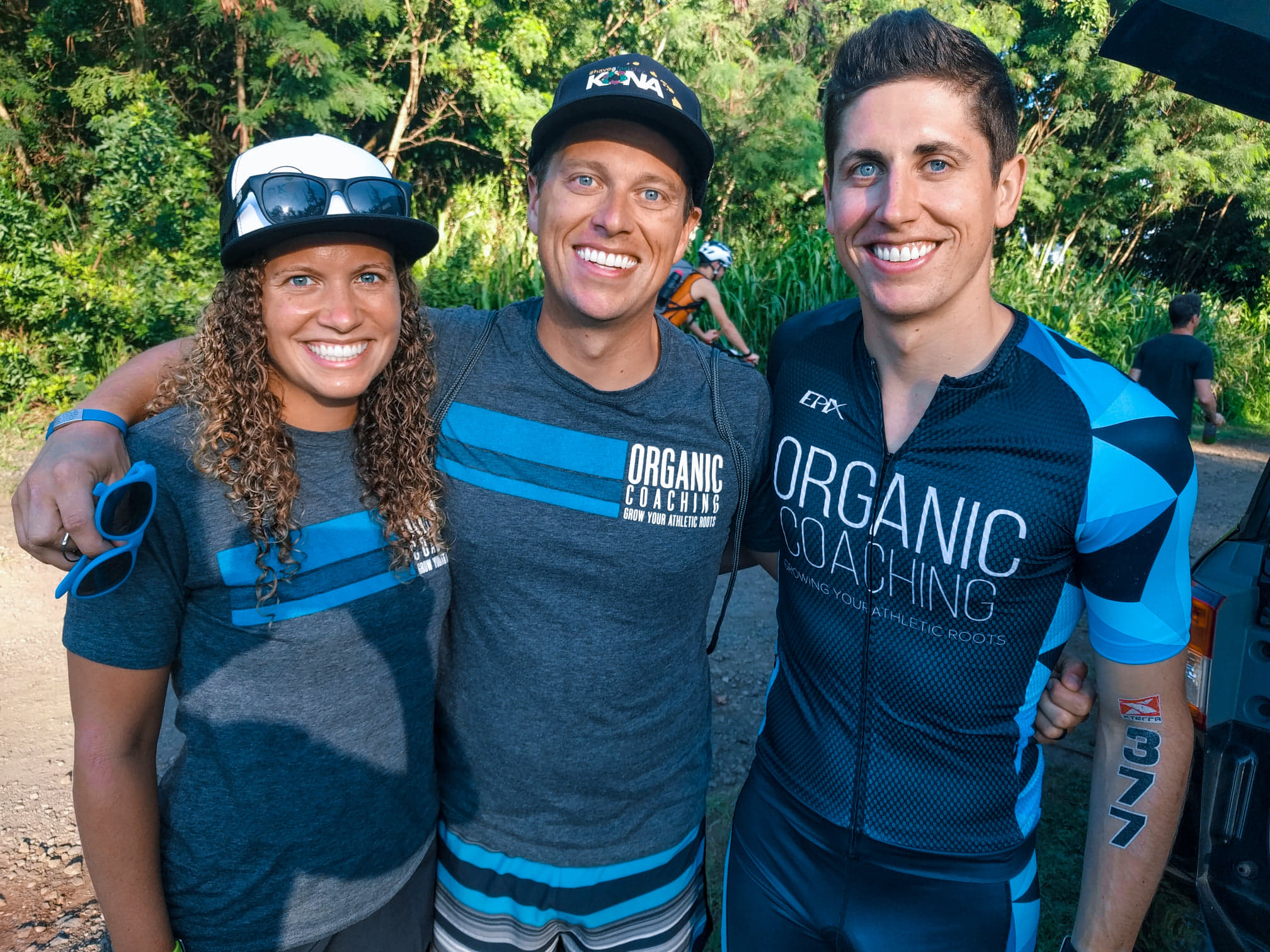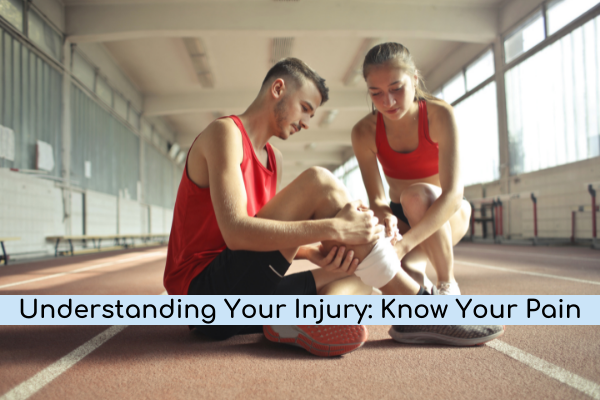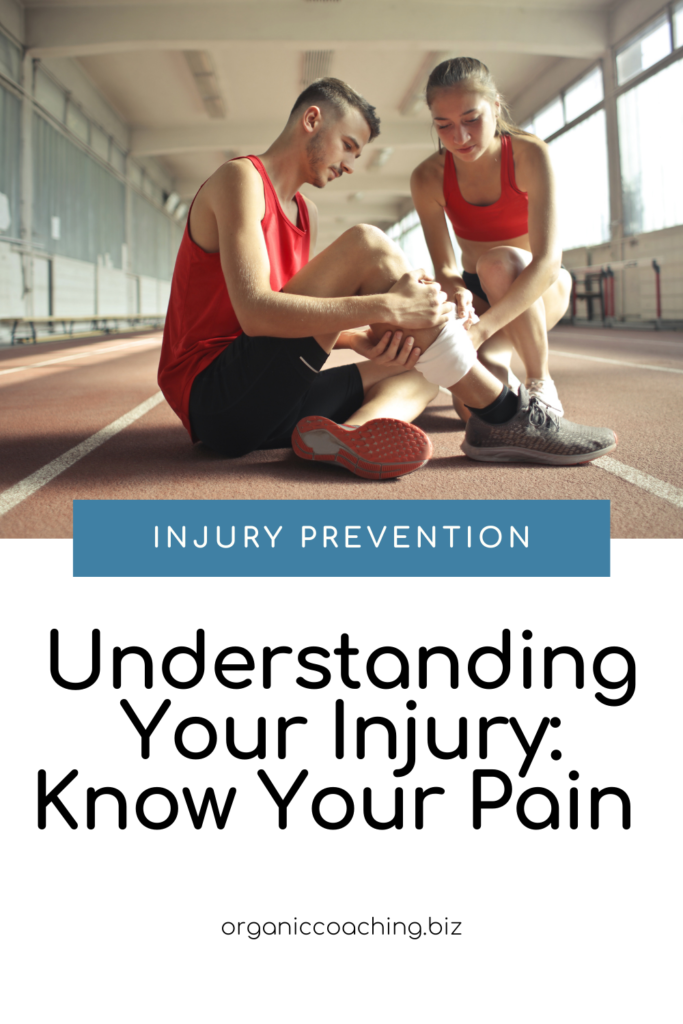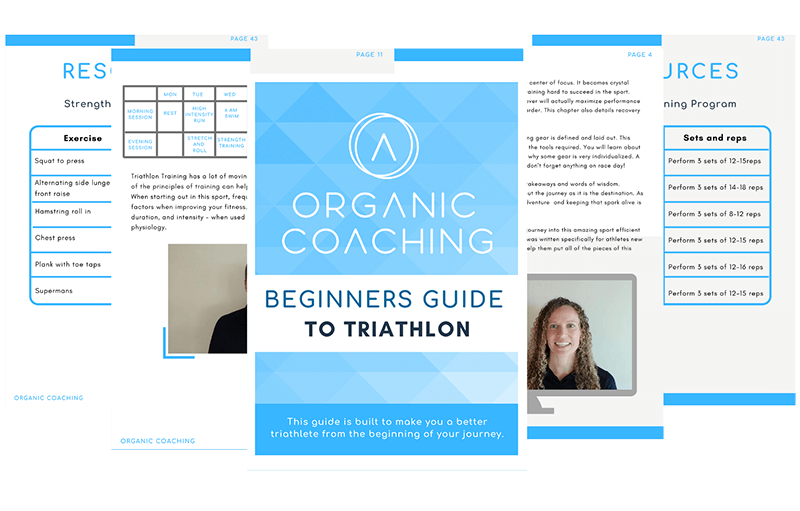

No endurance athlete wants to be told that they need to stop training because of an injury and in those early stages of an injury when the pain is nagging, you might find yourself thinking “What do I do? What does this pain mean? Should I end this session?” These are big important questions, and this article will teach you how understanding your injury and pain can help. you spend more time doing the thing that you love most.
As athletes, we all experience discomfort during training. We have all felt it in one way or another. A little pain in our shoulder while swimming, pain behind the knee when cycling, calf pain while running or just feeling sore after a hard day are all well-known experiences of pain for triathletes. It’s important to notice, understand and know your pain so that you can give yourself honest feedback on how you are feeling and take the proper steps needed to prevent further injury. Knowing your pain and understanding your injury is a great way to keep you training and racing.
On the mild end of the spectrum of pain are fatigue and soreness. This is the body’s natural response to the physiological stress of training. This type of fatigue often presents itself in the form of delayed onset muscle fatigue (or DOMs) and usually occurs 24-48 hours after a hard session. This type of pain often subsides after proper recovery and rest, or after an active recovery day, like an easy spin on the bike.
Injury Preventing Pro Tip: If you are feeling fatigued all the time or if the same spot is constantly sore it’s time to reevaluate your training load or consult with a specialist such as a physical therapist.
Next, we move to mild pain during or after training. This type of pain can be classified as uncomfortable, but bearable. Yet we do need to be very careful with these mild pains as they can be a warning sign for deeper issues. When these mild pains occur, the first defence we have as athletes is to make sure our body’s muscles are activating properly and that warm-ups and cool-downs are being executed accordingly.
Stretching and rolling are also protective against mild pain becoming an injury. Add it in during or after training. In many cases as long as the pain is decreasing over time, training can be adjusted to help the injured area heal while not stopping the activity.
Thinking about the pain on the next level is pain that starts out mild and increases with the duration of exercise. This pain indicates that the activity needs to stop immediately and steps need to be taken to rehabilitate the injury. If you haven’t done so already, this is when taking steps to see a specialist needs to be taken.
Finally, the pain that all triathletes most dreads. The pain that says: stop all exercise immediately. This is pain that persists outside of exercise and is very painful when training. Keep in mind this pain can happen instantly, such as a calf strain or over time like a stress fracture. Just like the previous recommendation, a specialist should be visited immediately and training needs to be adjusted to not cause any type stress of to the problem area.
One of the great aspects of being endurance athletes is that we are great at self-feedback. By using this information, knowing the origin of pain and understanding the severity of your pain you’ll be on track to keep yourself healthy and injury-free while training.
Keep in tune with your body and keep yourself loving what you do!
READ MORE: Simple Injury Prevention That Works


Carly and Tyler Guggemos built Organic Coaching in 2014 with a simple philosophy that works. The idea is to take what you have and grow it to get faster, fitter and stronger. And to do it with the time you have – not the time you wish you had.

For athletes who are ready to take their training to the next level while still thriving and succeeding in their professional and family life.
Copyright © 2024 Organic Coaching LLC